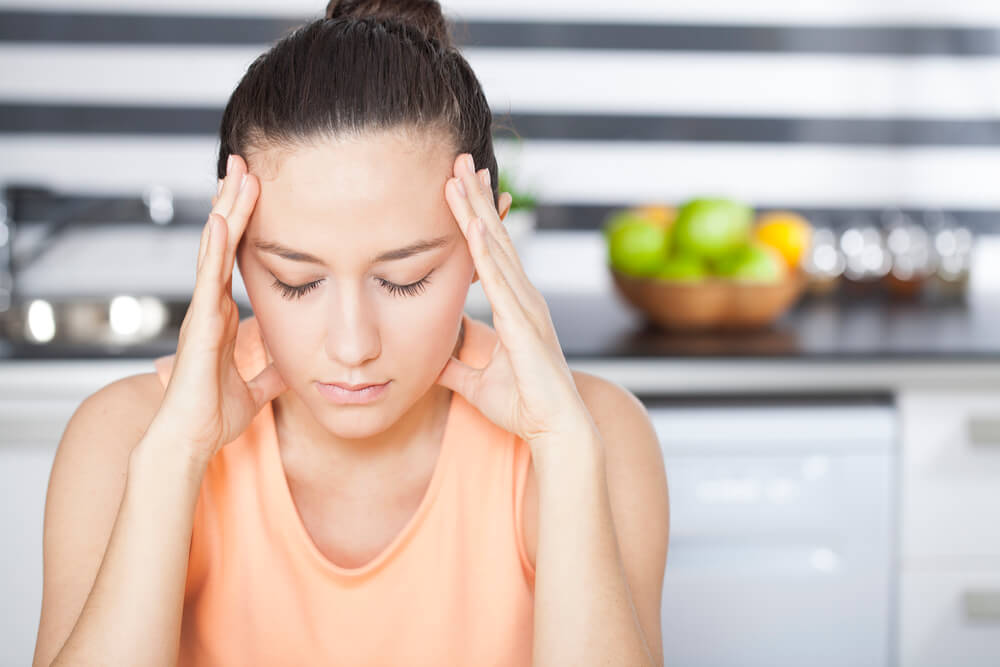Functions of Female Hormones
A woman’s body produces two prominent hormones: estrogen and progesterone. Both hormones are produced in the ovaries and play important roles in a woman’s reproductive system.
Estrogen is the hormone responsible for the healthy development of certain female sexual characteristics such as the breasts, the vagina, the menstrual cycle, body shape, and hair growth under the arms and around the pubic region. It also regulates the release of ovarian eggs and works with progesterone to stop the ovulation cycle during pregnancy. Particularly for women, this hormone is necessary in the proper development of the bone and the metabolic processes.
Progesterone, on the other hand is the other hormone that regulates menstruation. It supports pregnancy and tempers the highly stimulatory effects of estrogen. Progesterone also helps in the development of the embryo produced by the ovaries by providing a source of corticosteroids.
It improves bone density and has beneficial influence on the cardiovascular system and cholesterol. Progesterone also increases metabolic rate. It has anti-inflammatory actions and regulates the body’s immune response.
These two hormones, along with testosterone and DHEA work together to provide great health for women. Along with the unisex follicle stimulating hormone (FSH) and luteinizing hormone (LH), all of these hormones have specific functions in a normal female reproductive system.
Testosterone and DHEA
Another hormone produced by the ovaries is testosterone. Although not considered a female hormone, the female body manufactures this hormone in small amounts to work with both progesterone and estrogen in regulating the female reproductive system.
Normally, testosterone is hormone associated with males. It is actually considered the most potent among the male hormones. In the female body, however, this hormone plays a major role in reproduction. For one it is the steroid hormone that influences a woman’s sex drive. Testosterone levels in women are at their highest when the woman reaches the age of 20. This is also considered the best biological age for a woman to get pregnant since women in this age group have the best chance of a healthy pregnancy, labor, and delivery.

Step-1
Another male hormone produced in females is DHEA. DHEA is often referred to as the “mother hormone” since it is a precursor to the other steroid hormones. DHEA is secreted mostly by the adrenal glands. It improves the body’s metabolism and promotes weight loss. When DHEA is synthesized in the brain, it helps improve memory and provides relief for depression.
DHEA also increases energy levels. It plays an important role in maintaining the body’s immune functions. People with inflammatory and auto-immune disorders usually have lower levels of DHEA than healthy individuals. It decreases the risk for cardiovascular disease and improves cholesterol levels.
In modern hormone replacement therapy, DHEA is one of the most valuable hormones. Since DHEA is metabolized into other hormones, supplementation with DHEA allows the body to choose which hormone is needed, be it either of the two female hormones or testosterone. This accounts for the astonishing range of benefits that many researchers attribute to this hormone. The use of the DHEA hormone alone, in hormone replacement, can cure any hormonal imbalance of the body.
